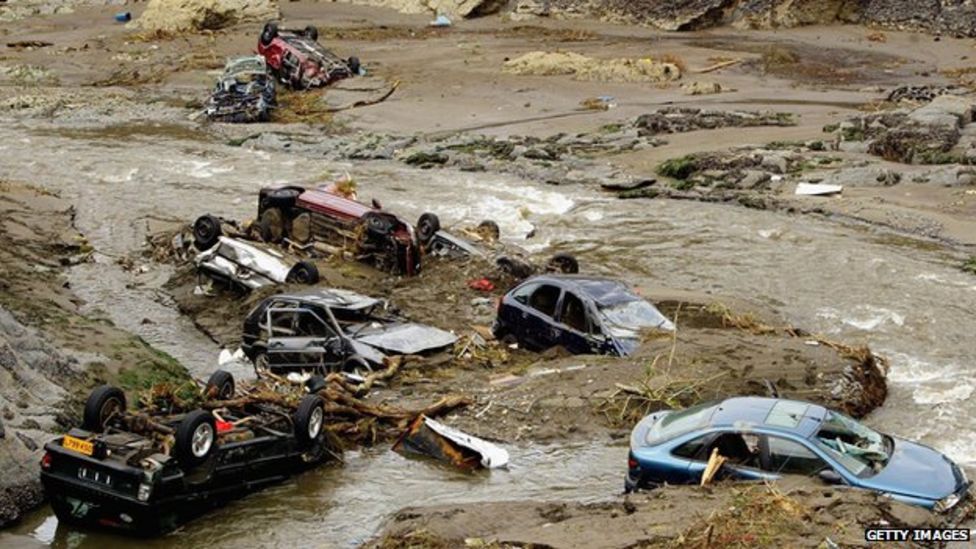THE SCIENCE BEHIND THE DISASTERS – WHY SUMMER 2025 WILL BE THE “SUMMER OF FLASH FLOODS”
Atlanta, Georgia, July 31, 2025 – When scientists analyzed the string of flooding disasters that ravaged the United States in the summer of 2025, a clear picture emerged: this was no coincidence, but the inevitable result of the profound climate changes the planet is experiencing.
“The result has been flash floods in multiple states that have caused catastrophic destruction and loss of life,” researchers from The Conversation explain. While the United States has seen devastating flash floods throughout history, rising global temperatures are now dramatically increasing the risk of flooding.
The science behind this phenomenon is complex but understandable. As ocean and air temperatures rise, the amount of water vapor in the atmosphere increases, according to basic physics. Warmer air can hold more moisture, and when the right atmospheric conditions combine, the result is extremely intense rain.

“Warm soil makes it easier for moist air to rise — that’s why thunderstorms occur on hot summer afternoons. Combine all of these factors and you have the perfect conditions” for flash floods, meteorologists explain.
Data from the National Oceanic and Atmospheric Administration (NOAA) shows that extreme rainfall is increasing across the United States. The tracking map shows significant changes in the total amount of rain that fell on the top 1% of rainiest days from 1958-2021, with many areas seeing alarming increases.
This phenomenon is especially dangerous when combined with human-made changes to the landscape. Urban areas with many impervious surfaces, outdated drainage systems, and high population densities become disaster hotspots. “When rain accumulates faster than the local environment can absorb or divert it, flooding occurs, and conditions can become dangerous very quickly.”
The case of New York City is a prime example. The city’s sewer system, designed more than a century ago, simply cannot handle the massive amounts of water from modern rains. As a result, water backs up from the sewers and floods subway stations, as happened during the July 14 storm.
The paradoxical drought also contributes to increased flood risk. In areas like Ruidoso, New Mexico, which has experienced wildfires and drought, the soil has become hard and impermeable. When heavy rains do come, instead of soaking into the ground, the water runs over the surface, creating powerful and dangerous currents.
Scientists warn that this trend is set to continue. With global temperatures expected to continue rising in the coming decades, the likelihood of extreme weather events like this will not only persist but increase. This requires fundamental changes in the way the United States designs infrastructure, plans cities, and prepares for disasters.
The summer of 2025 was more than just a bad day for weather—it was a glimpse into the future that America must prepare for. The question is no longer whether events like this will happen again, but how to adapt to this new reality.